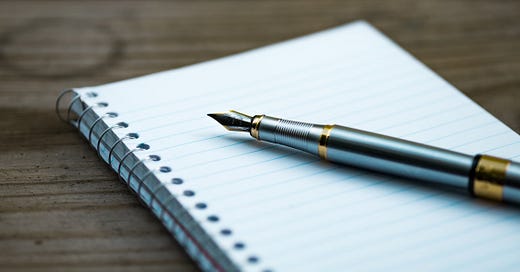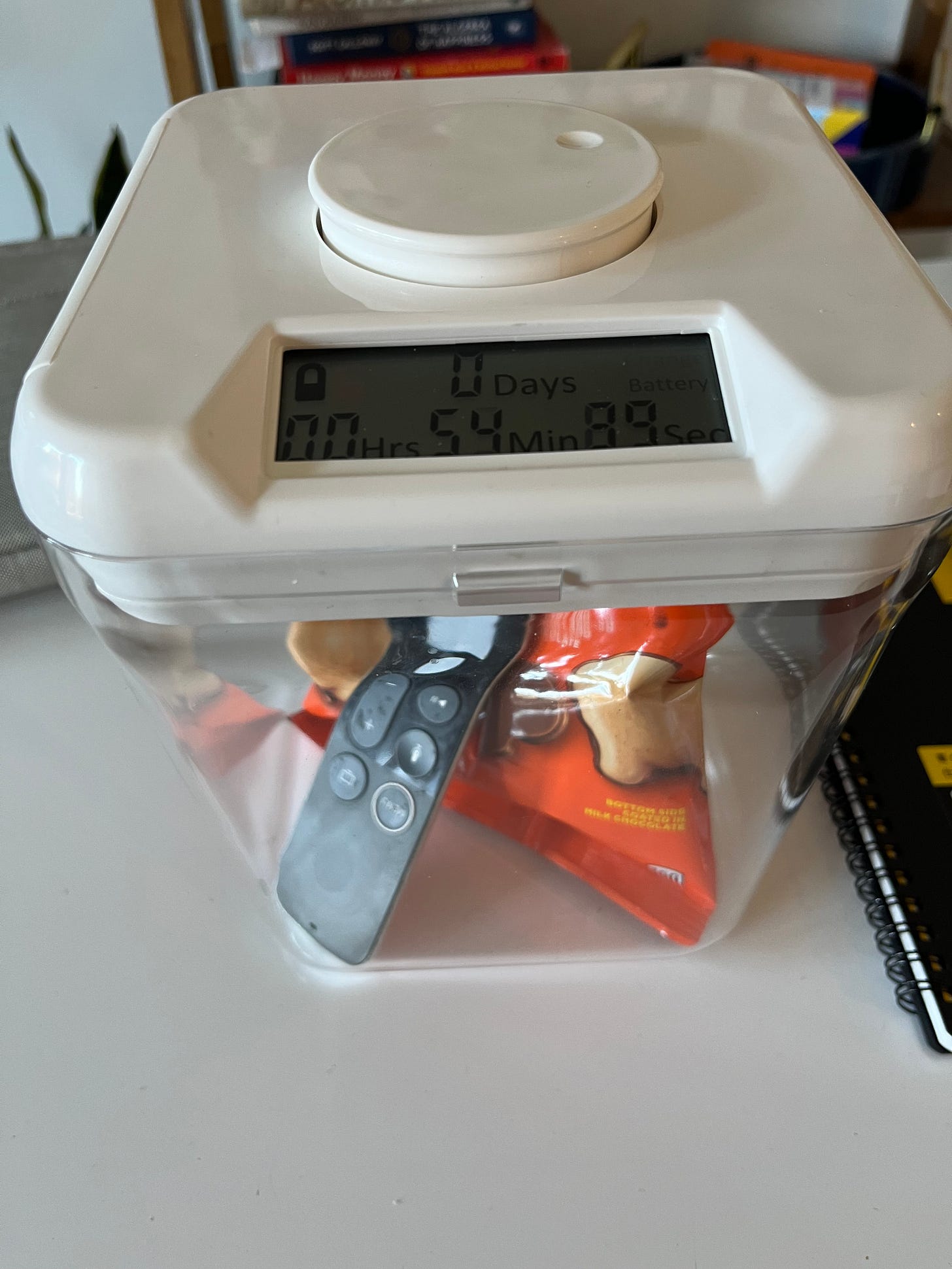If You Aren't Journaling, You Aren't Thinking
Gain more clarity, awareness and emotional calm by writing to think.
The benefit of journaling isn’t what we think it is.
It doesn’t come from our capturing experiences and looking back at them. Think about our photo app: We take lots of photos of that vacation, post a few on Instagram, then hardly notice them again. Journaling is like that, too.
So if it’s not about capturing experiences for posterity, what’s the point?
The magic is in getting thoughts out of our heads and onto paper. This thought to words act leads to improved mental clarity, meta-awareness, and calming of our emotions.
Let’s go into each of these benefits and then show you the best way to start a journaling practice.
Journaling makes you a better thinker
Writers don’t think, then write. They write to think. This applies to any form of writing, including journaling.
Thoughts in your head are like a Powerball machine. Each thought is a ball flying around. Writing a thought down is like grabbing a ball to inspect it and checking the number.
That metaphorical number can be many things:
It can organize and make sense of an idea.
It can clarify an emotion or feeling.
It can confirm a realization.
Journaling can build meta-awareness
One of my favorite ways to journal is what I call Slow Journaling.
Unlike morning pages, which is a method of getting out your thoughts as fast as possible, slow journaling involves the act of letting your mind wander off before writing anything. Here are the steps:
Open your journal to a blank page
Set a timer for 3 to 5 minutes and sit there and do NOTHING.
As your mind wanders off, bring awareness to what you are thinking about.
Start jotting down the most interesting thoughts and notice why you're thinking of those things.
I like this style of slowing down because the first thoughts in my head are mental chatter. When I sit longer, more interesting stuff surfaces.
The benefit of doing this technique is two-fold.
You will notice how much your mind bounces around like music on shuffle. Thoughts come. Thoughts go. This is the human condition.
You will be flexing your meta-awareness muscles each time you step away from your thoughts. This prevents you from chasing every thought.
Journaling Can Be a Form of Coaching
Personal growth comes in three forms. Professional, amateur, and DIY.
Speaking to a professional therapist is effortful and costly but worth it.
Amateur is coffee with a trusted friend. You get a sounding board but might not be completely unfiltered.
DIY is journaling. A blank canvas of your unfiltered thoughts. Like the above two, emotions and thoughts don’t just live in your head. You release them out.
Digital Vs. Paper
It’s not one or the other proposition. I recommend both. Here are the pros for each.
Paper
You have Zero distractions. You can’t do anything else with a physical notebook. It’s write or do nothing.
You think differently when you write on paper versus typing on a screen.
Writing with a pen is inherently slower than typing. The process of slower input gives more time to process.
We do everything on a computer or a phone these days. Having an offline ritual is a nice change-up. Holding my notebook1, flipping pages, writing on nice paper — all aesthetically pleasing too.
Digital
Our phones go with us everywhere. That means you can write anywhere. Nothing extra to carry around.
Faster for input. This is a pro when speed matters.
Searchable for later. I journal in Notion.
You can add audio or photos. Apps like BeReal and 1 Second a Day capture moments with little effort. A picture is worth a thousand words.
Getting Started Tips
Journaling is just another form of thinking. Don’t overthink it. You don’t need a fancy app or notebook.
One way to not make it feel like another chore is to reduce it down to its core. Writer Sahil Bloom has a simple method called the 1–1–1 that makes journaling easy and sustainable. It only requires 5 minutes. All you do is write 3 sentences.
1 sentence on your win from the day
1 sentence on a source of tension/anxiety from the day
1 sentence on gratitude.
This is a method I employ before bed. It’s a fun way to recap the day.
I also use the environment to turn journaling into the default by putting my journal on top of the pillow I sleep on. Every night I have to pick it up and move it to my nightstand or open it up and write. That way, I find myself writing most nights.
You could do the same!
🌟 My Favorite Things
Purchase
Recently purchased the kSafe. It’s a timed box to place temptations like phones, TV remotes, cookies, etc. You turn the dial from 1 min up to 4 days. No override switch. Locked.
I put my iPhone in for 3 hours in the morning and again for 2 hours in the afternoon. It is early but I’ve cut my screen time down to 1.5 hours per day. Will do a write-up if it has a long-term impact.
Favorite Post
Thanks for reading!
Irfan
If my writing brought you value, please share it with someone else.
Not a subscriber? Sign up for free below.
The LEUCHTTURM1917 A5 is my notebook of choice. It’s the perfect size for a personal journal. The paper feels luxurious to write on. Dotted paper is my preference these days.






